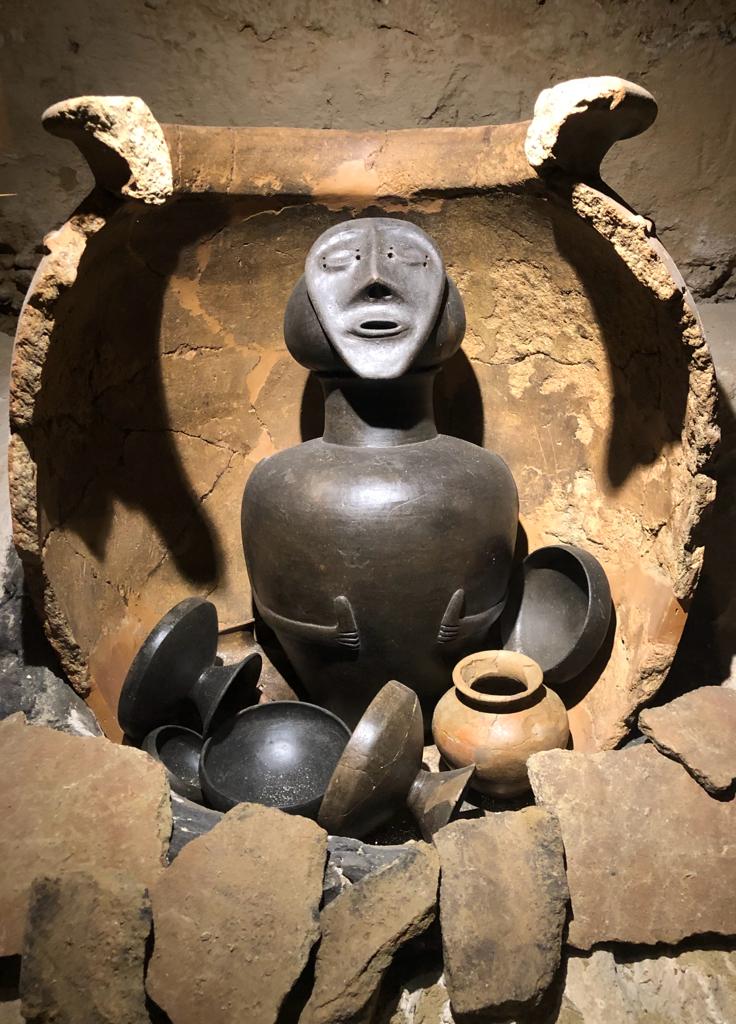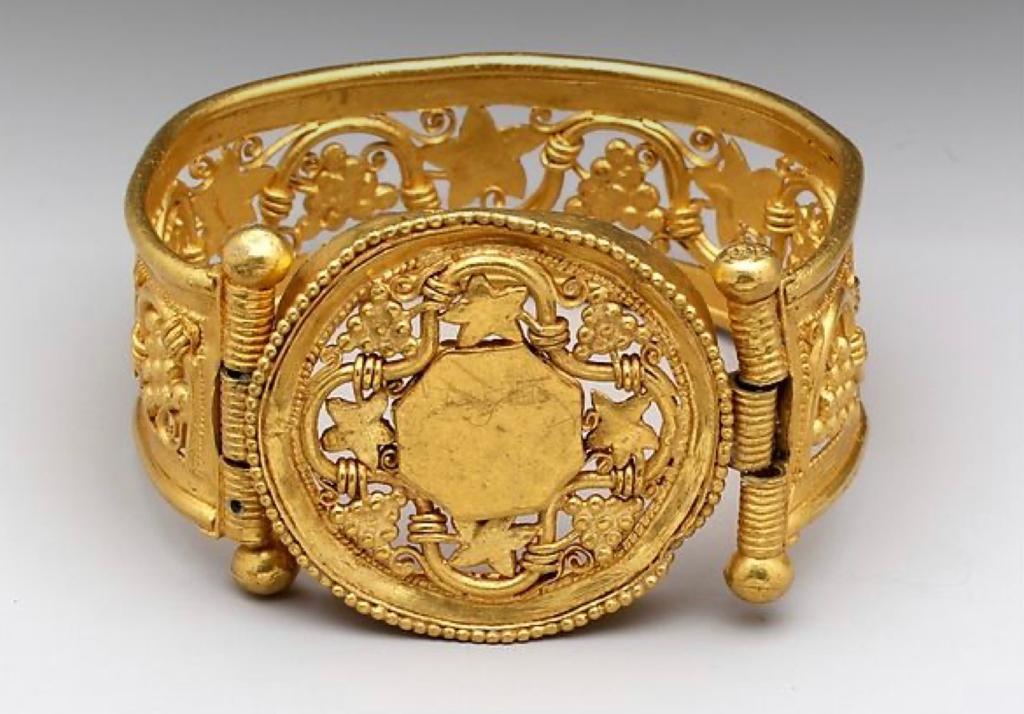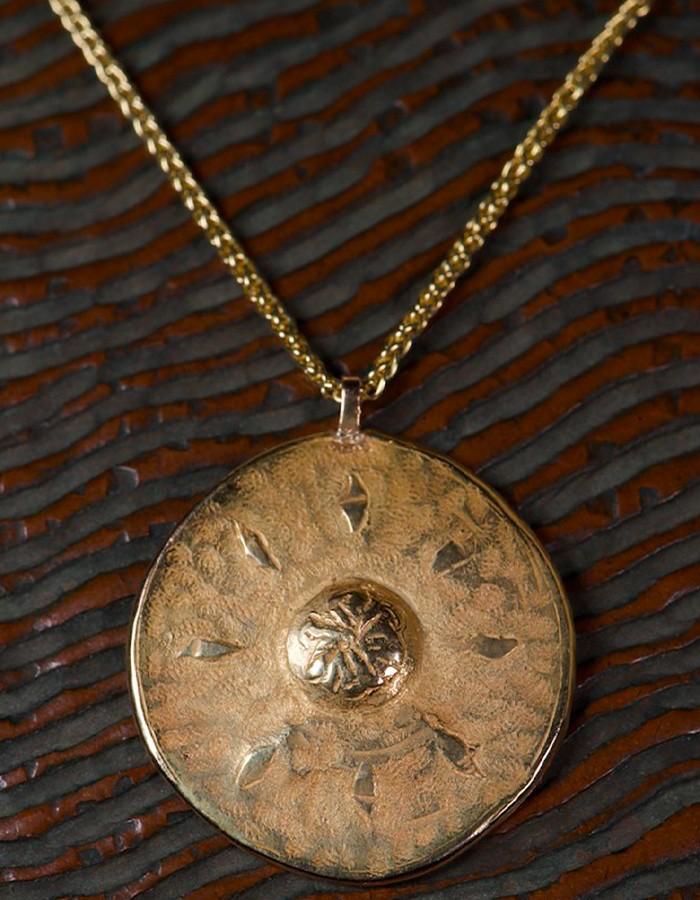Etruscan Jewelry, an Ancient Goldsmith Art that is Still Relevant Today

Refined and elegant, Etruscan jewelry in gold has always been the symbol of sophisticated goldsmithing, centered on particular and elaborate craftsmanship. Even today, the techniques created by Etruscan master goldsmiths more than 2,700 years ago are still used. But who were the Etruscans and how did they become famous for their goldsmith art?
History and Art of Etruscan Jewelry
The Etruscans were the people who inhabited an area corresponding to present-day central Italy, between Tuscany, Lazio and Umbria, called Etruria, in the period between the 9th and 1st centuries BC. According to tradition, the last three of the seven kings of Rome were of Etruscan origin.
Their civilization reached its peak splendor in the so-called “orientalizing” period, between approximately 730 and 580 BC, when Etruscan princes began to imitate the luxurious lifestyle of the courts and nobles of the Near East. From there, expert goldsmiths arrived in Etruria, who opened workshops and spread their knowledge to local artisans. Thus was born a rich production of Etruscan jewelry.
Nobles loved to display their wealth through precious ornaments, such as buckles, brooches, bracelets, rings. The preferred metal was gold, both for its preciousness and because it is incorruptible and therefore also suitable for artifacts intended to accompany the journey of the deceased into the afterlife. The history of Etruscan jewelry, in fact, includes many ornaments found in tombs discovered in necropolises between Tuscany and Lazio, as can be seen from the rich collection of the National Etruscan Museum of Villa Giulia in Rome.

Granulation and other Techniques of Etruscan Goldsmith Art
What immediately made this goldsmith art famous, and what has maintained its reputation over more than 2,000 years of history, were the Etruscan gold working techniques. Expert oriental goldsmiths brought to Etruria their ability to work gold to maximize its main characteristics, ductility and brilliance.
The technique that made Etruscan jewelry in gold famous is granulation, which consists of applying tiny gold spheres to the surface of a piece of jewelry or another object, always made of gold, to create designs or ornamental elements. This technique was already used in the 3rd millennium BC and then spread in Greek and Egyptian goldsmithing, but it was the Etruscan artisans who became the greatest experts in granulation. Their virtuosity consisted in being able to work with gold granules of minimal dimensions, which could be as small as 2 tenths of a millimeter, and in welding them to the surface of the jewelry to create complex decorations, which created unique contrasts of color and light on the gold base.
In addition to granulation, the Etruscans also used other techniques, such as filigree, created by interweaving thin metal wires, embossing and chasing. On many jewels they also created special cavities to set hard stones, such as amber from the Baltic Sea, which made the ornaments even more precious.
Etruscan Jewelry, Elegant and Refined from Antiquity to Today
Expert Etruscan goldsmiths created ornaments of all kinds for their wealthy clients, who, as we have said, preferred splendor and luxury. Many Etruscan jewelry pieces were intended for women, who had a prominent role in society and loved to appear in public adorned with necklaces, bracelets, brooches and buckles for clothes and belts. Among the typical feminine ornaments were also hairpins and braid fasteners in spiral shapes. The jewelry preferred by women, however, were earrings, particularly disc-shaped ones, which could exceed 7 centimeters in diameter, and “box-shaped” ones, made from a curved sheet. Male ornaments, instead, were mainly buckles for cloaks, brooches and rings.
Oriental influence led to often decorating jewelry with animals, but also with imaginary creatures such as chimeras, sphinxes and winged lions, or with characters and scenes taken from myths and legends.
The elegance of Etruscan jewelry has remained in history and has reached us in creations that unite the connection with millennial tradition to the style of contemporary jewelry-sculptures.

Heritage pendant chased in rose gold, signed DAVERIO1933.